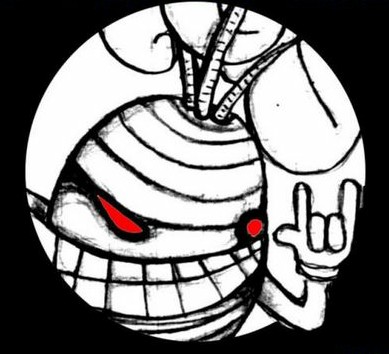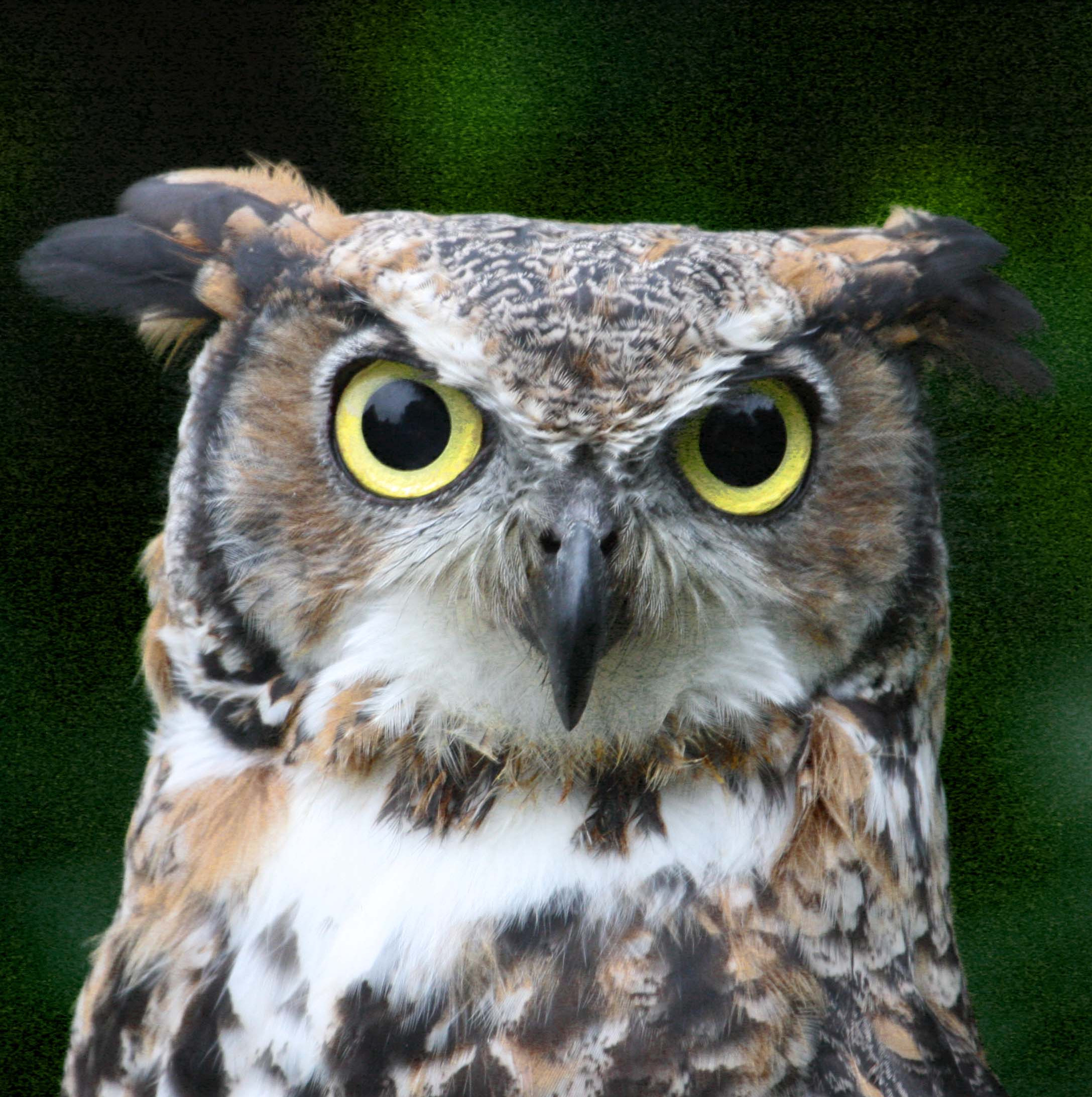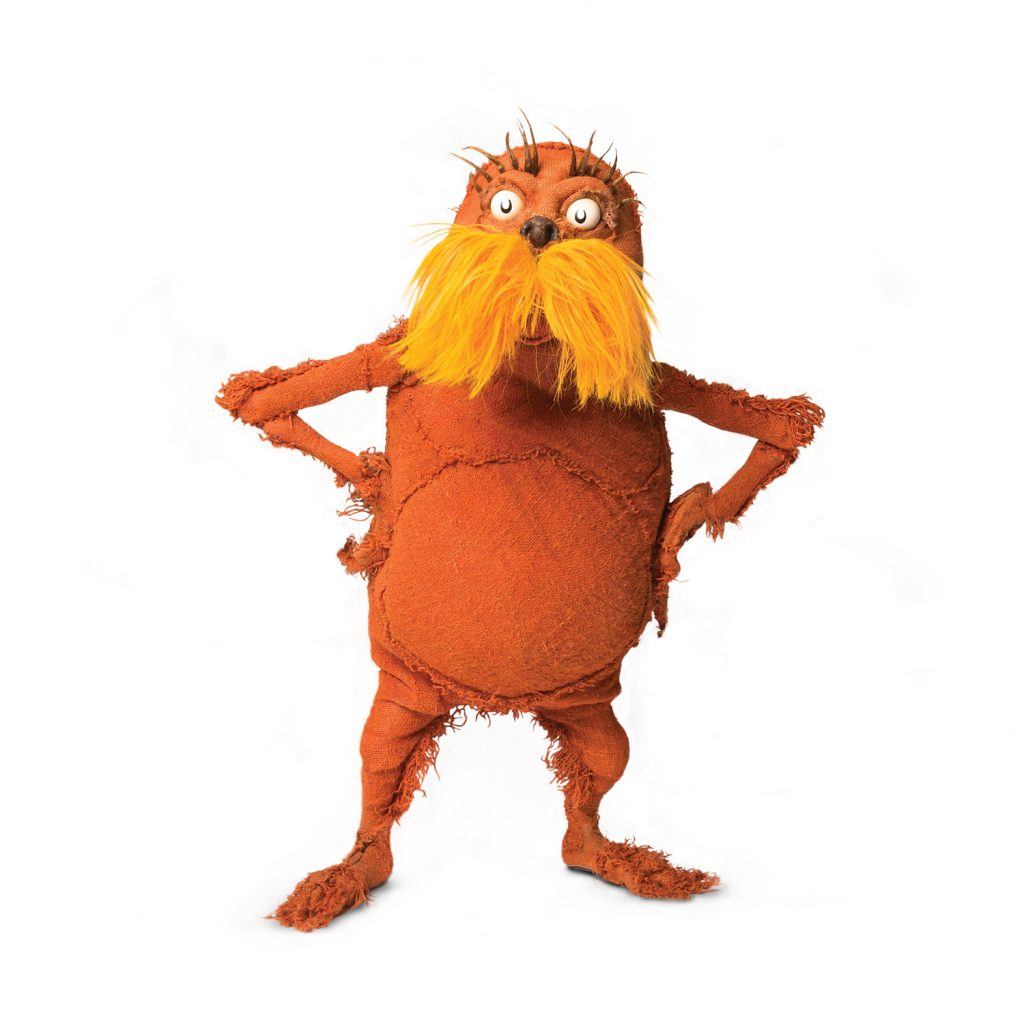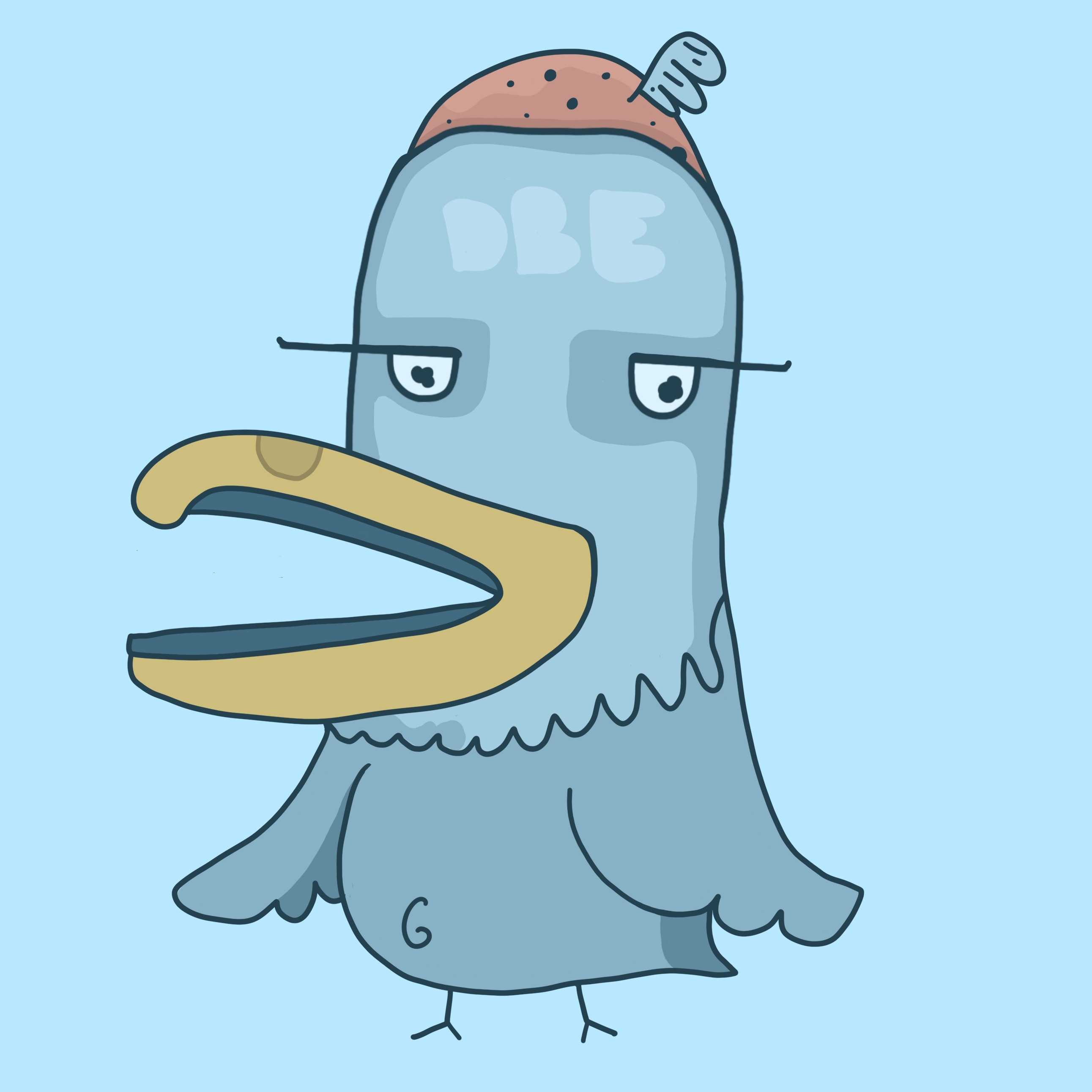Using characters from two different animation styles kinda ruins the joke.
It works even better when you use characters from the same movie. His nose is even rosy.

Yeah, he’d be perfect for it!
Is this post implying that in the Disney cartoon universe women prefer to fuck men with big noses?
You know what they say about men with big noses…
Yeah, that they smell
Ha
With the amount of men stereotyping that disney puts into little girls’ heads, this nose thing is really nothing.
Id say they’re making it sexual by saying it’s sexual but its not sexual
Did you sleep during biology class? Sexual dimorphism refers to the different morphological characteristics, like outward appearances, between the sexes within a species. Like how male birds are often more colorful than female birds.
Ohh ok. Well thanks for explaining but you didn’t have to be mean at the start
Removed by mod
OP: says something revealing they don’t understand biology
Response: dude, what? You don’t understand biology!
You: “maybe they don’t understand biology because of all these new-fangled GeNdErS and iDeNtItIeS!!!”
(please don’t get me started on this, I am literally about to get my PhD in the ways people intentionally misconstrue and oversimplify sex, sexuality, and sexual selection in nature to obfuscate the validity of LGBTQ+ people in society and I don’t want to be here all day)
I am literally about to get my PhD in the ways people intentionally misconstrue and oversimplify sex, sexuality, and sexual selection in nature to obfuscate the validity of LGBTQ+ people in society
What’s your major?? I couldn’t tell which field that would be
I will have a PhD in molecular, cellular, and developmental biology. I have publications in epigenetics/chromatin/gene regulation and similar fields. I also research equity in the sciences, and one specific research focus is inequity for LGBTQ+ individuals in STEM. Therefore, I have expertise in these social issues as well as the biological ones. I will have a certificate added to my PhD in biology that validates this expertise in LGBTQ+ justice and social research methods.
Removed by mod
Oh, second comment: your framing is disengenuine.
These are scientists, I’m a scientist, we’re held to standards of peer review and methodological scrutiny.
I don’t need to establish how and whether we’re doing science with authority-- that’s the beauty of the invention of the scientific method. I also don’t need to establish whether these are facts or opinions, because the body of research is so large and well-discussed, for decades now, that peer review has had plenty of time to do it’s work.
To humor you-- the methods used have been all of the above: surveys, experiments, studies, etc.
To humble you-- it’s extremely arrogant of you to ask a scientist, to their face, whether their research is real or just opinion. If you think all the research in this field is wrong, you can fix it the way we fix all our science: by conducting your own research and subjecting it to review by other experts in the field.
Removed by mod
“…how easy your are offended.”
Says the person literally frothing at the mouth to say trans women aren’t women under a post about monkey noses.
It’s a little unclear if you are asking for resources about the diversity of sex, sexual orientation, and sexual selection strategies in nature, OR about the ways in which they are misconstrued by society-- either by ignoring the diversity of nature to favor a heternormative and gender essentialist narrative, or by too closely feeling that what is natural is what should be considered good and just (the naturalistic fallacy).
I, myself, am authoring studies on the latter topic, but the field is so small that by sharing specific examples, I seriously risk doxxing myself (and others with whom I work closely on a politically fraught topic).
One also needs to understand the former before meaningfully engaging with the latter anyway, so I highly recommend the book Evolution’s Rainbow by Stanford ecologist Joan Roughgarden. The book is written in plain language (intended for a wider audience than just biology researchers) and details the (at the time-- 2009, with an updated edition from 2016) present summary of known ecological examples of organisms behaving in ways that counter the human social norms surrounding sexual orientation and gender identity. She goes on to discuss the molecular basis of sex and gender in humans, including what is know about difference in brain structures and gene regulation, and then she contextualizes these examples in sociological terms. I think the book is a little dated at this point, and there was some conflict amongst biologists about aspects of the book that aren’t related to what we’re discussing (related to her modification of Darwin’s theory of sexual selection), so it isn’t perfect, but it’s basically the first thing any junior scholar is asked to read regarding this discussion topic. I think it will provide you with what you are looking for, seeing as it cites hundreds of studies in tens of fields of biological sciences relating to sex, gender, and sexual orientation in humans and other organisms.
Some key facts (mostly covered in the book) that you or others might find interesting:
- Homosexual behavior (same sex mating behavior) has been documented in fish, insects, birds, amphibians, reptiles, Invertibrates, and over 100 species of mammals
- Intersex bodies are common in nature, with many organisms either having characteristics of both sexes at one time or changing sex over the course of their lifetime. This is commonly found in “higher order” animals as well, and some populations of large mammals (like deer or bears) have been documented to have MOSTLY intersex individuals.
- Heterosexual mating is not required for reproduction, with documented examples of two sperm, two eggs, or just a single sperm or egg being enough to produce viable offspring in some circumstances. When homosexual mating is observed, it often increases the reproductive fitness of the participants
- The “sex roles” (unfortunate terminology, imo) of organisms are not a fixed norm, and we have many examples where the expectations you might have based on human societies for division of labor and activities are inverted or ignored entirely (such as birds where the males stay home and incubate eggs while the females compete with each other using displays of dominance and promiscuity)
- Although it doesn’t make sense to describe animals as having gender identities (due to those terms being intended for self-description among human social groups), it is worth pointing out that we do have many examples among animals where individuals of the same sex may have distinct categorical social dynamics, morphologies, and social roles (and that human gender identity does appear to have some underlying biological basis, although I will emphasize that it is non-deterministic and non-essentialist). There’s a discussion happening in the field about whether it is worth the potential downsides to describe these animals as having multiple genders within a single sex, so as to normalize and explain to non-biologists that human gender identities are mirrored by other organisms and are valid according to biological science
documented examples of two sperm, two eggs, or just a single sperm or egg being enough to produce viable offspring in some circumstances. When homosexual mating is observed, it often increases the reproductive fitness of the participants
Do you have a link for this? Never heard about this before
Absolutely!
Two eggs:
Booth et al. (2014). “New insights on facultative parthenogensis in pythons”. Biological Journal of Linnean Society, 112(3)461-468
Two sperm:
Tinti, F. and Scali, V. (1992). “Genome exclusion and gametic DAPI-DNA content in the hybridogenetic Bacillus rossius-- grandii benazzii complex (Insecta Phasmatodea)”. Molecular reproduction and development, 33(3)235-242
One egg:
Ryder et al. (2021). “Facultative parthenogensis in California Condors”. Journal of Heredity, 112(7)569-574
One sperm (surprised me too!):
Heesch et al. (2021). Evolution of life cycles and reproductive traits: insights from the brown algae." Journal of Evolutionary Biology, 34(7)992-1009
These examples are non-exhaustive (so many parthenogensis examples!) so if you want to know more, or if you’re interested in learning about the increased reproductive fitness post-homosexual mating activities, no one primary publication will give you a complete picture. I recommended reading the book I mentioned-- Evolution’s Rainbow by Joan Roughgarden-- because it details this in ways I can’t summarize in a social media comment.
Removed by mod
This is the last comment I will make to you.
Those who carefully read my previous replies will notice that I absolutely did not step over this question. The book I recommended details more than just animal and ecological examples, it also addresses physiological differences people of different sexes, sexual orientations, and gender identities.
Here’s the truth: the binary categories of male and female are not simple biological ones. Organisms cannot be neatly categorized as male or female, including humans. To put humans into these boxes is to ignore huge grey areas in our understanding of the biology underlying these traits. Even among XX or XY individuals, sex characteristics are polygenic and vary continuously, meaning that even looking at a person’s karyotype (which, you should understand, we hardly ever do) you could not reliably predict the appearance of external genitalia, the presence or absence of other sex characteristics like body hair or breasts, or the identity or orientation of a person.
Although I do not personally believe that having an underlying biological justification is necessary for a trans woman to be a valid woman, there definitely are physiological and biological realities that validate her experiences. Moreover, I don’t think we determine womanhood by biology at all-- for example, a XY human with complete androgen insensitivity would likely not even know HERSELF that she had a Y-chromosome, perhaps for her whole life, and you-- a random person on the street-- would be absolutely unable to tell.
If the question is, then, is there natural precedent for an organism’s sex chromosomes to be unpredictive of their sex characteristics or social roles? The answer is YES, unequivocally. If the question is, is there natural precedent for organisms to be able to intentionally change their sex? The answer is YES, absolutely. If the question is, is there natural precedent for organisms to have a social role that does not match the standard for individuals of their sex? The answer is also YES, 100%, certainly.
Thus, if the question is, are trans people representative of the norms of nature and the biological sciences? The answer is: You fucken BET.
Anyone who claims that trans women are somehow categorically distinct from other women is ignoring how loose the boundaries of womanhood already are. They are trying to twist the facts present under close examination of the biological world to fit their own human social narrative of gender essentialism. The facts of biology are absolutely on the side of trans individuals, this is the consensus among researchers-- and it is being ignored for political purposes in the same way the consensus among researchers on climate change is being ignored.
Like I said, I don’t have all day to engage on this, especially since almost everyone talking about trans people in relation to biological essentialism is not engaging in the discussion in good faith. The take home message is this: if you are earnestly wanting to understand what biological science says about trans people, go read that book, and listen to myself and other experts that trans women have every right and every fact on their side to support their identities.
Can I ask why you want science to validate someone’s lived experience? Isn’t the happiness of an individual when you call them their preferred name or gender more important than some sanctity that can be derived through the scientific method?
It just so happens that science has found repeatedly that trans people live better lives when their identities are affirmed, but why should you need that when you could just be nice to people without it causing you any issues whatsoever?
She’s a woman. Next question?
Studies and surveys of what? That some animals look different based on sex? Go ask some ducks.
I’m all out of ducks to give.
Removed by mod
And truth is that both gender and sex are on a spectrum and fluid.
Perhaps a misunderstanding due to societies recent attempt at broadening the concepts of sex and gender
No, not at all.
There’s no “mudding the waters”, he’s just ignorant of what “sexual dimorphism” meant, and not clever enough to check it before leaving a most ironic comment about “making it sexual”.
You mean “muddying the waters”, by the way. Another example of your ignorance.
I’ll stick with what can be tested, reproduced and proven
Don’t lie. You’re very much writing like a “only two genders and I don’t see how ‘sex’ and ‘gender’ are different despite there being a very clear scientific consensus on it” - guy.
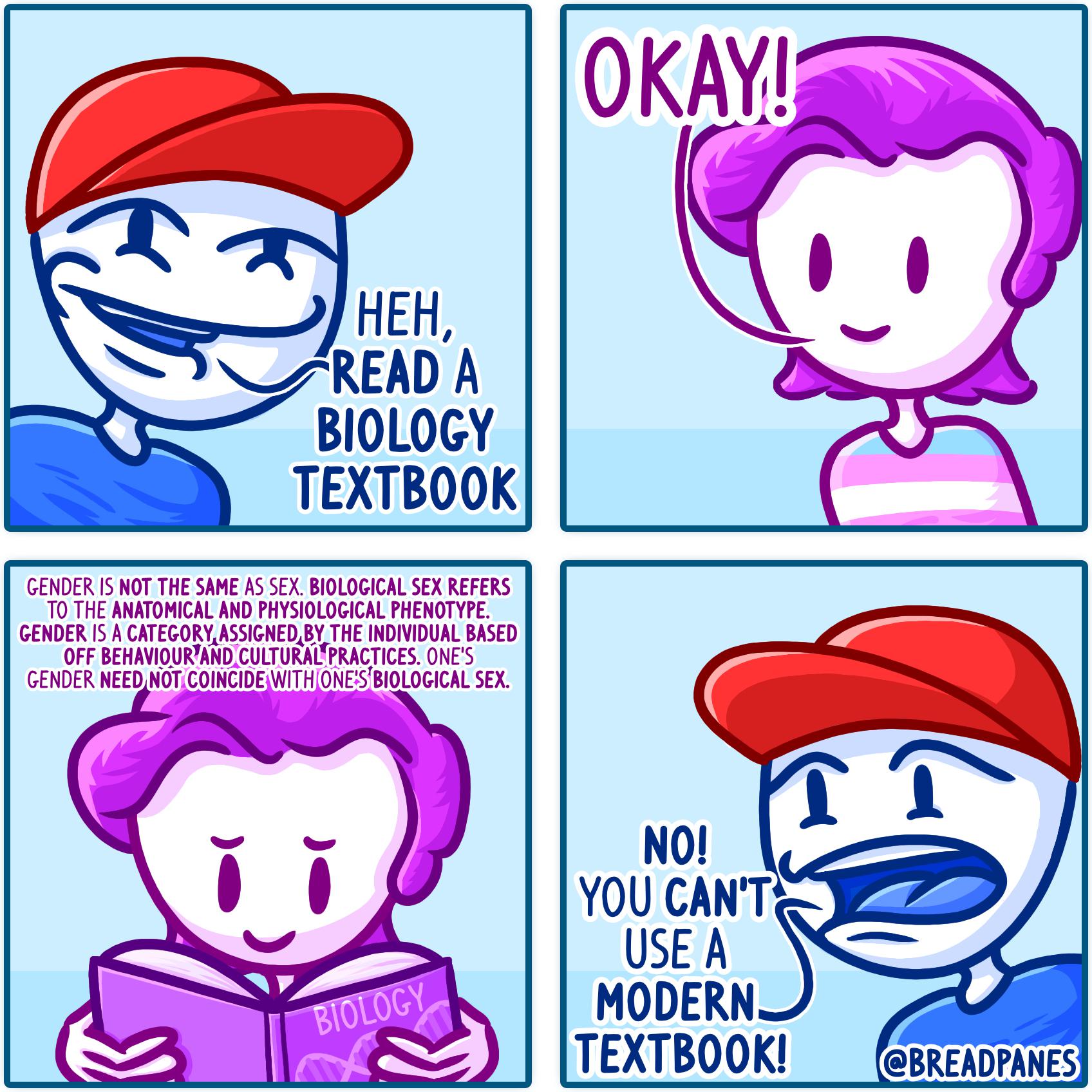
Removed by mod
You could have at least Google searched it before attempting a gotcha, there are three methods. One doesn’t actually change the color, but the other two do.
Removed by mod
a brown eye tortured into become blue
Your English rather poor, comrade. Better practice front of mirror more times.
If you’re born Vladimir, but you move to the West where no-one knows it, and you introduce yourself as Robert and everyone calls you Robert, are you not then Robert?
Gender is not in your DNA silly. That’s the whole “gender is different from sex” that’s the scientific consensus. You said you rely on science, yet now you argue your brainfarts are more valid than consensus of the entire scientific community?
what are you even saying 💀
Removed by mod
concrete subjects like like sexuality
Lmaooo what are you on?
“Sexual” in this context just means relating to different sexes, it’s not saying they’re doing it to be sexually appealing (I hope at least)
It is sexual, because the big noses are supposed to be attractive to the female monkeys. It shows the male is healthy and thus worth it to reproduce with.
First it was anime people actually being cats, now this. My whole worldwiew is in shambles…
maybe you can’t stop thinking about it but I’m built different
TIPPY TOES! TIPPY TOES! I DON’T SEE YOUR TIPPY TOES!





